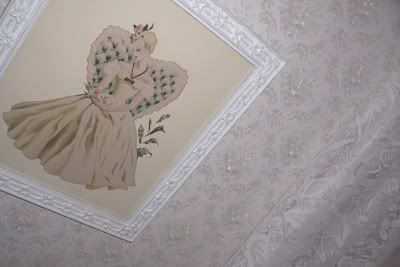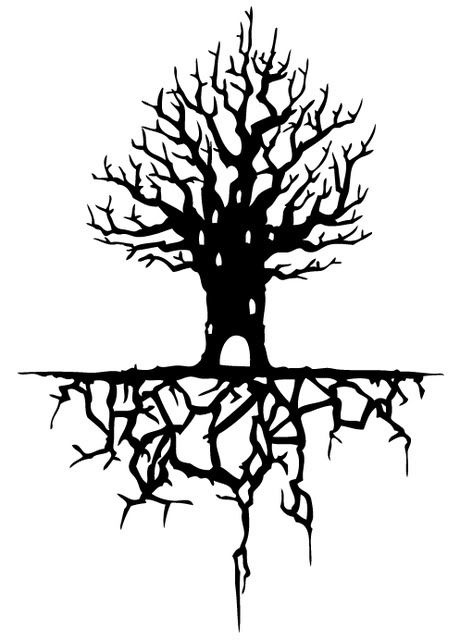
Last evening I had the honor of watching a very interesting film, Persepolis.
In the following I am going to attempt an analytical approach at explaining certain aspects of the film--and keep in mind this is all completely subjective--moreover centralized to the visual display of the film.
Persepolis: the centrality of ancient Persia, which more or less translates to modern-day Iran. Amidst the booming Westernization and modernization of the Europeon-implemented Shah in the 1970s, the movie Persepholis follows the harrowing narrative of a young girl, Marjan. Marjan's life encompasses not only the fall of the Shah, but the Iraq/Iran Revolution and various other political turmoils.
Why then, Persepolis? The allusion to ancient Persia conjures images of sultans and tigers and ornate doorways and sprawling, spired palaces. The movie counterpart, Persepolis, contains little reference to the once-ancient Persia visually, but moreover metaphorically. The film is animated, which all at once conveys simplicity and complexity. The expression is simple, conveying basal human emotion, while the environment is multifaceted, multi-layered, and at times, incredibly ornate, nearly a puppet show of reality. Besides the geographical significance, this multi-lateral animation certainly makes allusions to ancient Persia. Marjan's own fantasies and off-color tanjents throughout the course of the film are incredibly ornate. The film itself is a tale of the past, and whenever the young Marjan finds herself encompassed in daydreams, the notion of 'past experiences within daydreams' are made eminent by the rollicking, puppet-show like animation. In this sense, Marjan's inner thoughts are more representative of an ancient Persian design scheme, whilst the 'real past events', colored in stark black and white throughout the film, depict what we generally percieve of modern-day Iran, that is, the purdah-practicing women, the blank stone walls of mosques, etc.
Aside from the allusions to ancient Persia present in the title and context of the story, there are various other aspects of animation and visual presentation that make reference to outside [both related and nonrelated] sources. Again, as a discretionary note, this is all my personal observation and interpretation. Consider, for a moment, the foreground animation of the movie, that is, the moving, interacting characters. The entirety of the film is black and white, and likewise, the entirety takes place in the past. Naturally this conveys the notion of time change effectively. The animation style itself draws inspiration from the past. I am incredibly reminded of Sidd Hoefs books and Felix the Cat! However, the backgrounds are unmistakably modern, either blocked out in a heavy shade of black or etched with what gives the impression of charcoal.
This is going to sound a little disjointed in comparison to the rest of what I've already written, but I'll say it anyways--if you're going to watch this film, make sure you have a bit of background on the historic events surrounding the course of the movie. I went into this move completely naiive. Reservations are made for naiive audiences, thank goodness, in the emotional and personal journey of the main character, but it takes a while to catch on to the tumultuous events that
cause such emotional and personal storylines to emerge.
In all, a very enjoyable film that I'm sure to watch again if I get the chance. If not for the pure 'artsiness' of this French masterpiece, watch it for the love, the loss, and the profoundly graphic storyline [regardless of being a cartoon, it is incredibly potent in nature]. Also, remember that Persepolis also comes in graphic novel form!







